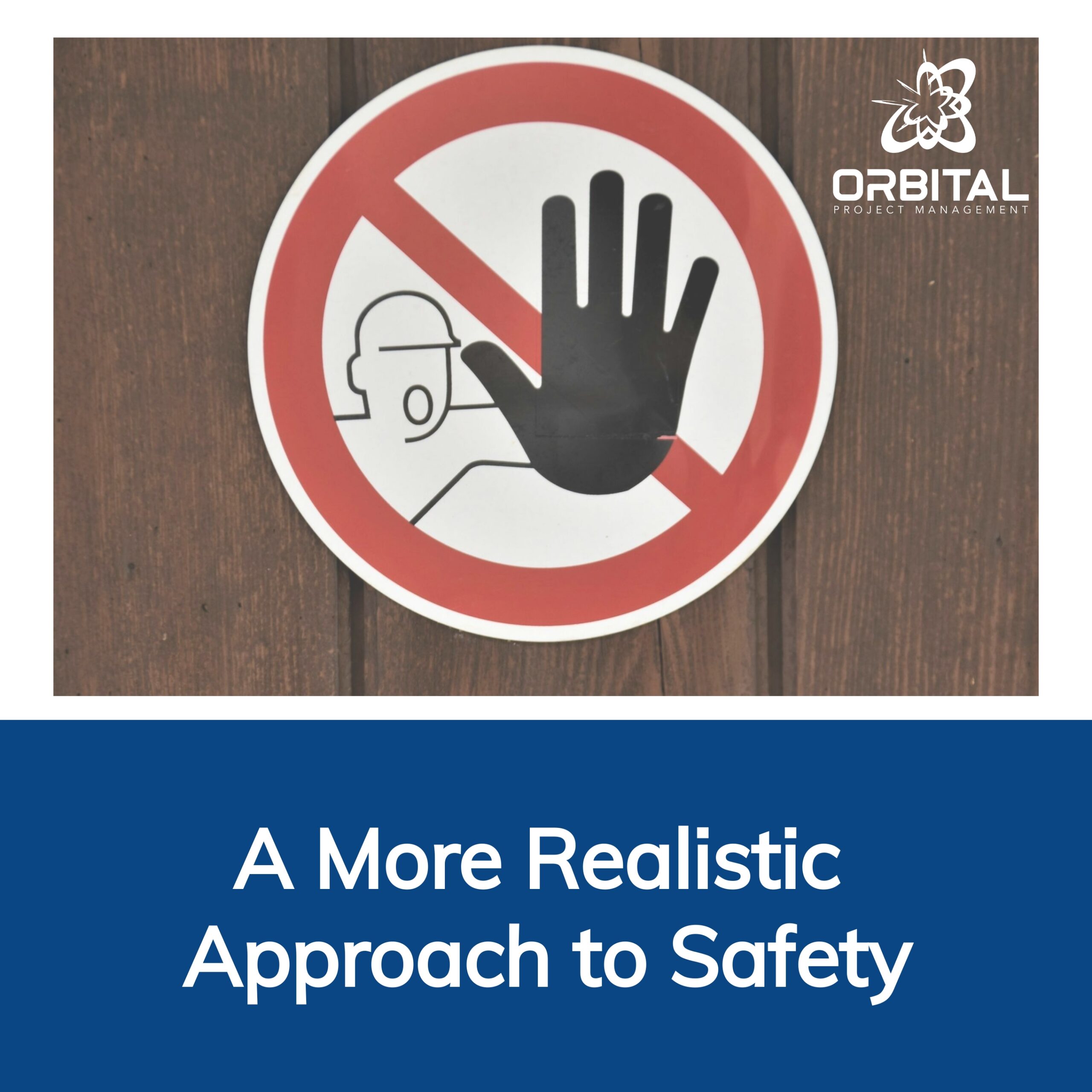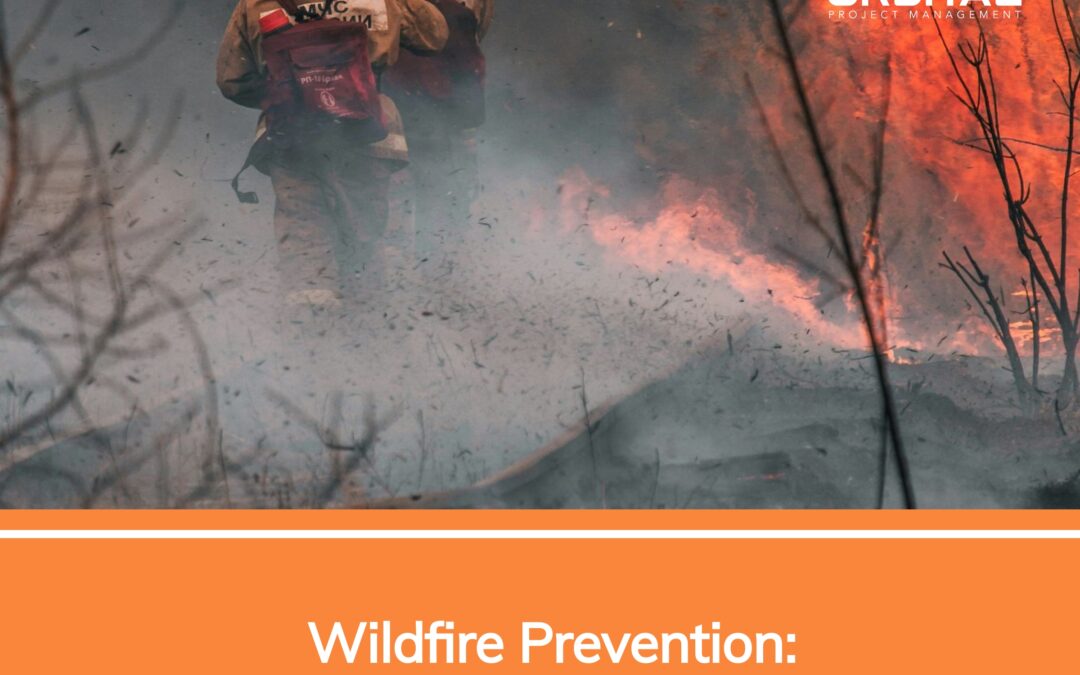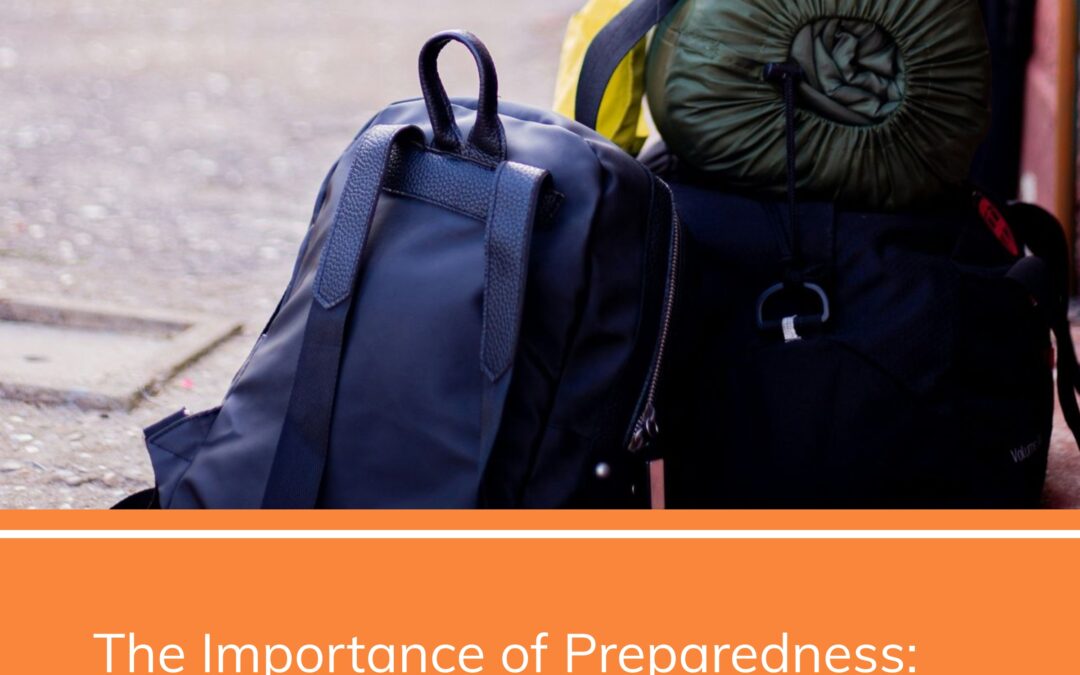As part of our affiliation with a large utility on the ISN platform, we received a notice that additional policies were needed from our company to address safety through a new lens to align with their updated contractor requirements.
Since compliance wasn’t optional, let the reading and research begin…
Resources
Fortunately, the utility shared numerous reports, brochures, a slideshow, videos, you name it to explain this new approach they adopted as part of their overarching perspective on safety and achieving goals. After many hours of reading, watching, highlighting, taking notes, and rereading again, I pulled out the key elements and most relevant information to share with our team.
The Basics
First, instead of regarding safety breaches as something that “might” occur, they shifted their approach to “when” they occur. Human error became not something to be avoided, but something that will happen. This change in thinking opened up planning to be aimed at increasing controls that allowed for the capacity to recover from errors without injury.
Second, responsibility for errors doesn’t fall on the people who commit them. The errors become learning tools for understanding where controls weren’t in place or failed. The culture surrounding safety doesn’t seek to place blame; instead, it looks for the clues on how to prevent future incidents.
Third, the realistic perspective is adopted that even the best-written procedures may fail to capture how work actually happens in the field. Environments and situations are dynamic. Companies must assume that work is complex and may vary from the ideal methods of completion. There must be room for deviation by utilizing additional controls and building in capacity for recovery from error.
Fourth, their “context influences behavior” principle provides space for understanding that each of us may perform work differently based on what makes sense to us in our unique perspectives, which have been shaped by our own learning and experiences. When an incident occurs, we must shift from thinking “Who failed and why?” to “What failed and how?”
Finally, the role of leadership’s response to incidents matters greatly. The consequences for safety events can make or break the company’s safety culture. If you truly want staff buy-in for reporting near-misses and other concerns that may ultimately prevent a serious injury or fatality [SIF], then leadership must foster trust among workers who have front row seats to the hazards in the field.
The Energy Wheel
In order to build in the capacity for recovery from incidents in SIF prevention, additional controls must be put into place that allow for human error without injury. Part of knowing where these controls are needed comes from being able to identify hidden hazards. Enter the Energy Wheel and it’s ten categories of potential high-energy hazards:
· Gravity
· Motion
· Mechanical
· Electrical
· Pressure
· Sound
· Radiation
· Biological
· Chemical
· Temperature
Applying this tool to each work setting may uncover potential hazards that weren’t obvious at first. Newly identified hazards can then be approached from the perspective of adding additional controls that improve the ability to recover from an incident while avoiding a SIF.
The 4 Ds
Having conversations with staff about the “4 Ds” may reveal not only shortcomings, but also ways to improve how work is performed. These discussions ask the people performing the work to describe what they find:
Dumb – Doesn’t make sense to the worker
Difficult – What tasks are hard to do well
Different – Which things have changed from how they are usually (or should be) done
Dangerous – What feels unsafe when work is performed
These informal talks may provide insights that otherwise wouldn’t necessarily come to light. The information they provide may even save time and money by improving efficiency in how work is performed.
Keeping What Worked
In addition to the new safety approach principles, keeping what has worked in the past (and is mandated in some instances) is vital. Not starting work until safe is one of those policies. Whether that means calling in an expert to reevaluate soil following rain before trenching or holding daily tailboard meetings with every work crew, understanding that everyone needs to be on the same page and that any changes in the setting (staff, environment, equipment, etc…) must be discussed and concerns voiced by anyone.
Stopping work when unsafe is a right of all employees under OSHA guidelines. Speaking up when something seems off may save someone’s life. It is both your right and your responsibility to put safety first before everything else.
How Does Your Company Approach Safety?
Even when I worked in an office setting, we had mandatory annual training about reporting unsafe conditions. (Anyone else have to watch the video where you have to choose whether or not to report the maintenance worker who is using a ladder unsafely and refuses to alter his approach when confronted?) They talk about the Swiss cheese model where everyone needs to speak up when they see or hear something unsafe in order to prevent a SIF.
It’s Different Here at Orbital Project Management
We specialize in project and program management. You know, desk jockeys…not frontline utility and construction site workers. Seems like it would be pretty easy for us to ignore safety hazards with zero repercussions. But that’s not how we roll. We manage workers who are in the field, the ones with exposure to a number of hazards that appear on the Hazard Wheel. So, we require our entire staff to complete safety trainings each month to keep potential risks at front of mind. It’s a shift in thinking where “Safety First” isn’t a slogan, it’s a practice.
Your Safety Buddy
Want an easy way to get your monthly dose of safe thinking handed to you?
Sign up below for our monthly newsletter, The Nucleus. It will come right to your inbox at the end of each month, compliments of your new Safety Buddy.






